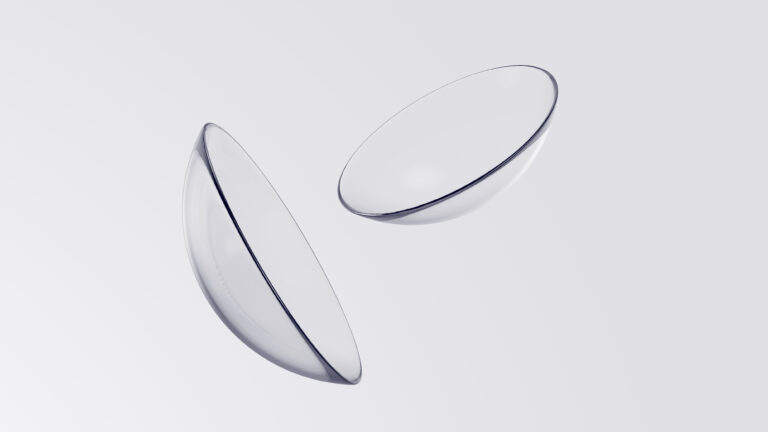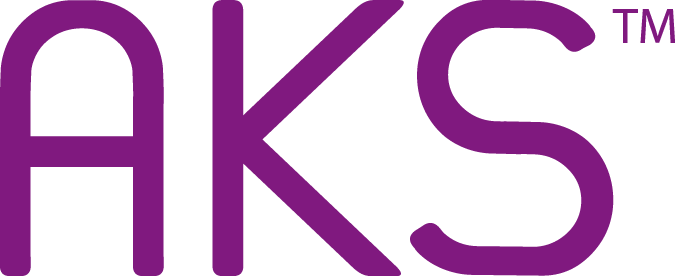Our lenses for
Hyperopia, Myopia, Astigmatism, Presbyopia
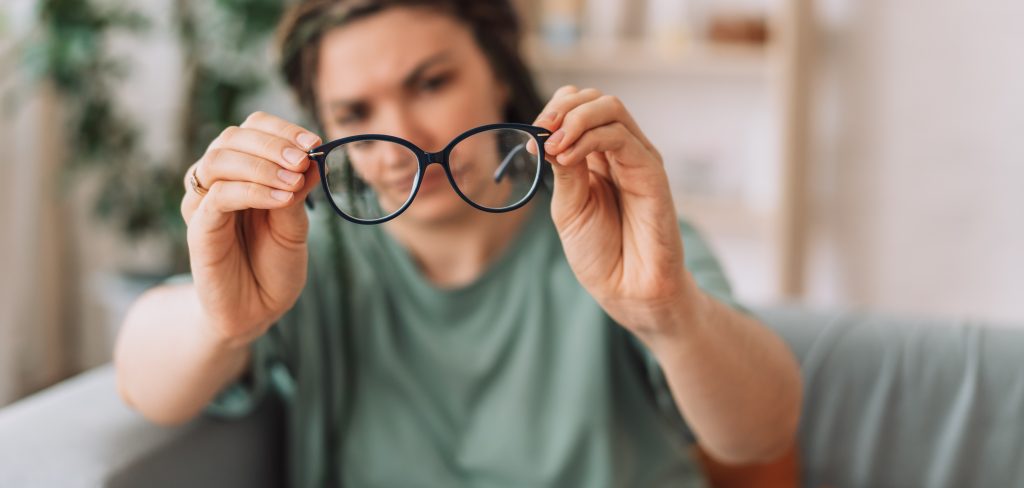
What is hyperopia?
Hyperopia requires a constant effort to focus, both at a distance and, above all, up close. This visual defect is due to an eye that is too short and/or a cornea that is too flat.
Common symptoms of hyperopia include eyestrain, headaches and difficulty working on screens.
What is myopia?
Myopia is blurred vision at a distance, but clear vision at close range. This visual defect is caused by an eye that is too long and/or a cornea that is too curved.
Common symptoms of myopia include difficulty seeing distant objects and headaches.
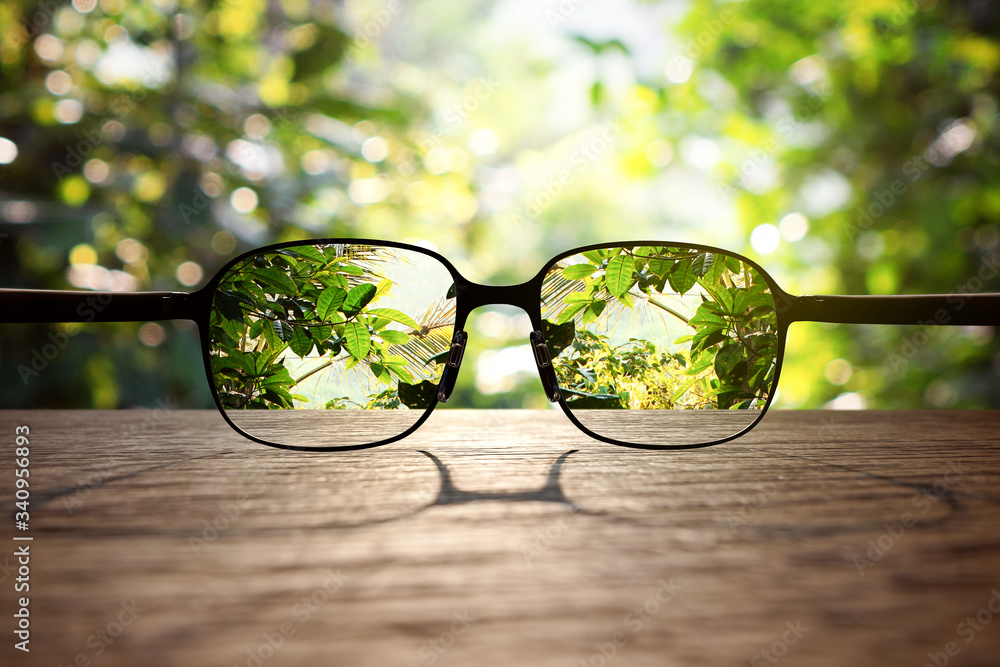
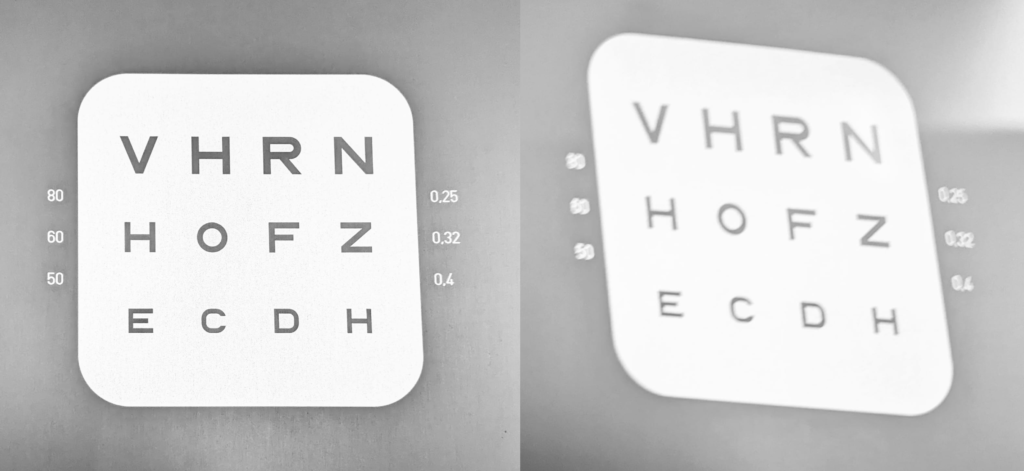
What is astigmatism?
Astigmatism blurs your vision, both near and far. Your cornea looks like a rugby ball.
Common symptoms of astigmatism include blurred vision, eyestrain, headaches, and difficulty seeing fine details.
What is presbyopia?
Presbyopia is an age-related disorder of near vision that generally affects people over the age of 40. It is caused by a loss of flexibility in the crystalline lens, the lens inside the eye.
Common symptoms include difficulty reading, working on screens, seeing objects up close or performing precise tasks. People with presbyopia may also experience headaches or eyestrain.

Compatible lenses
Lentilles
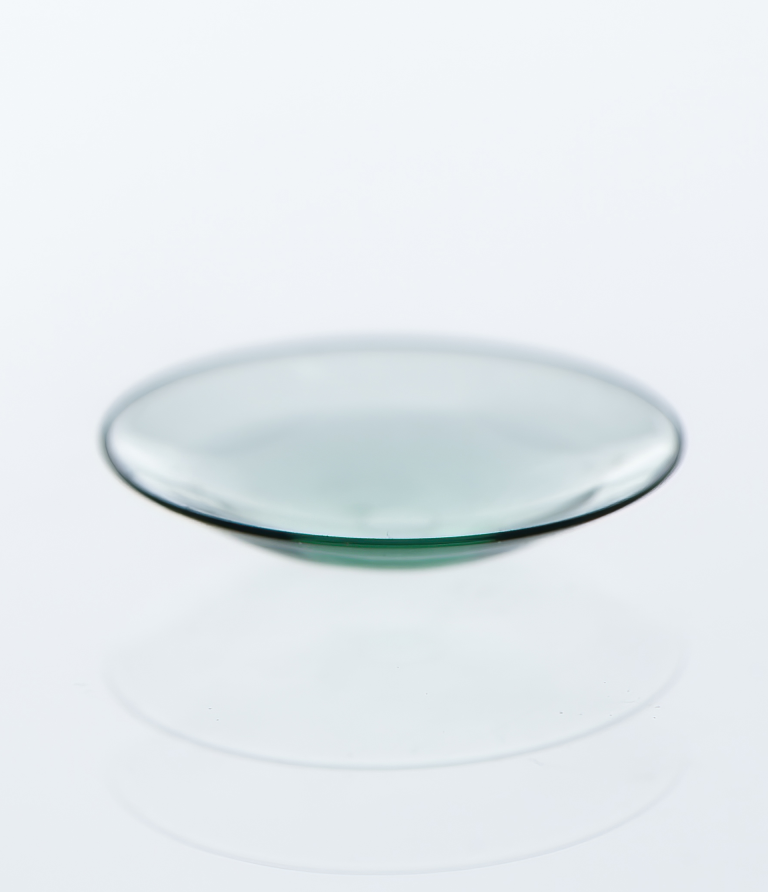

What is a rigid lens?
The rigid lens is a small-diameter, non-hydrated lens that allows oxygen, essential for the cornea, to pass through.
They offer stable, clear vision all day long.
Rigid lenses can compensate for all visual defects. Because they are thicker than soft lenses, the eye needs a few days to get used to them. After this period of acclimatization, rigid lenses offer excellent comfort.
Here are a few tips to help you get used to them:
- Increase the wearing time gradually, based on your contactologist’s recommendations, and wear them every day.
- Use comfort drops if necessary, depending on how you feel (screen work, dryness, etc.).
- Read up on proper handling techniques.
- Look after your lenses properly.
- Avoid irritating environments (dangerous or irritating fumes, low-humidity atmospheres such as airplanes).
- Talk to your contactologist.

What is an EyeBrid hybrid lens?
The EyeBrid is made of two materials: a rigid part in the center and a soft part on the periphery. It combines the visual quality of a rigid lens with the comfort of a soft one.
It is indicated for all visual defects and is available in a progressive version.
EyeBrid lenses are made from a hybrid material, also known as a “hybrid blank”. A palet is a small cylinder into which the lens is cut. LCS is the world’s only manufacturer of hybrid blank.
EyeBrid lenses are renewed every 6 months.
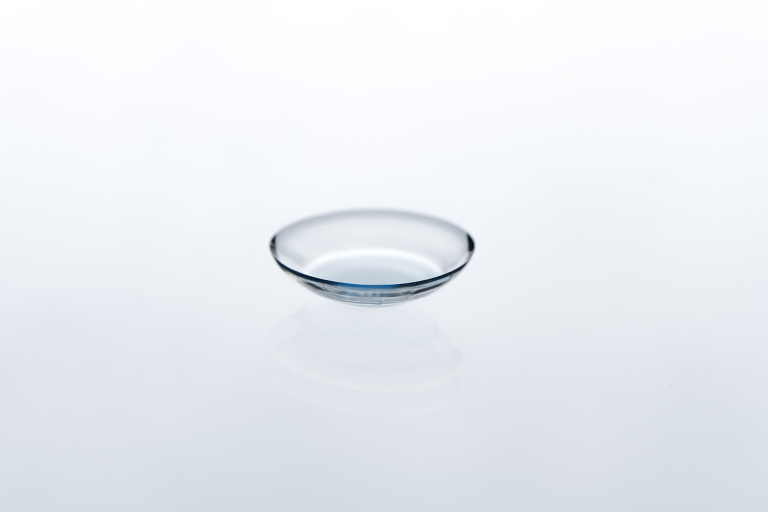
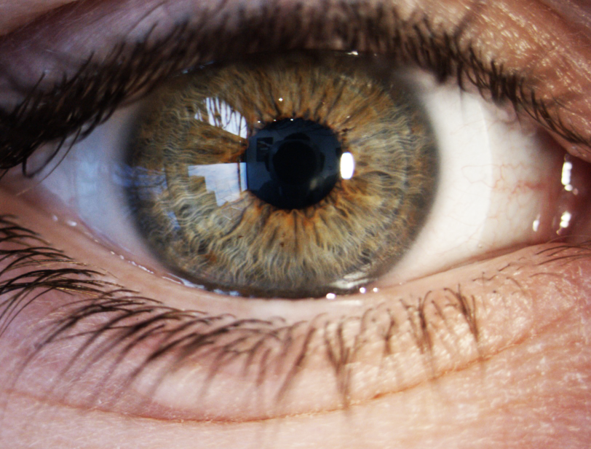

What is a scleral lens?
A scleral lens is a lens that bridges over the cornea and stabilizes on the white part of the eye.
A tear reservoir is located between the lens and the eye to ensure comfort and clear, stable vision, even with irregular corneas.
The scleral lens is strongly indicated for .
- severe dryness
- corneal deformities
- corneal surface alterations
- when adaptation to rigid or hybrid lenses has failed.
For lens insertion, use single-dose, preservative-free saline solution.

What is a soft lens?
The soft contact lens is a flexible, hydrated lens that fits to the shape of the eye.
They are popular because they are comfortable to wear and can be used to correct a variety of vision problems.
They are indicated for: myopia, hyperopia, astigmatism and presbyopia on regular corneas.
These lenses are replaced every three or six months.
The Ocea lens is available in several materials with different hydration levels. Your contactologist will select the appropriate material. If dryness is too severe, you can be fitted with a rigid or even scleral lens.
No, a membrane connects the eye to the eyelid, so nothing can pass behind it. If your lens shifts under the eyelid, moisturize your eye abundantly: the lens will go back down.
